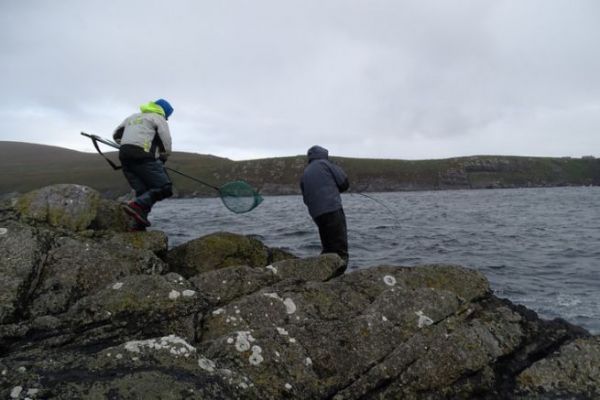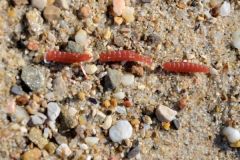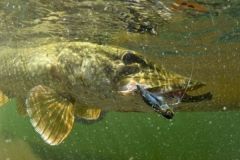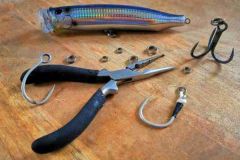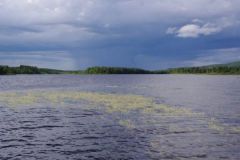What is a bad spot?
If it's obvious that a spot where we never catch any fish can be qualified as a bad spot, it's not the only one... In fact, we've already caught a few fish in other areas, but very irregularly and without any continuity or logic. Does that make them better spots? I'm tempted to say no, but it's also possible that we've missed an essential parameter that prevents us from making the right analysis.
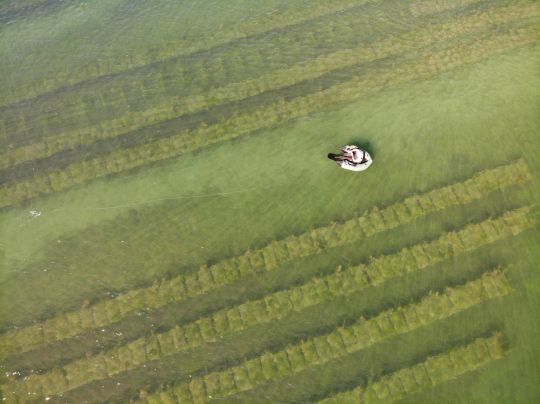
Why don't I take anything?
The first reason is simply that the coveted spot doesn't hold any fish, as it has no food stocks. The second is that its topography (underwater and external relief, depth, substrate...) does not offer sufficient conditions of comfort or safety for fish to feel comfortable feeding there. So, yes, this is a very bad spot, and there are undoubtedly many more good ones... But if it inspired you, there must be a reason.
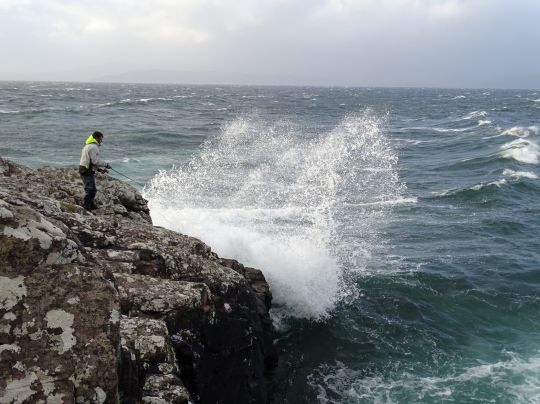
When nothing bites
You've spotted a new spot, but you're trying to exploit it on a day when activity is very low and you haven't caught anything on your usual spots. It's likely that the penalty will be exactly the same on this new area, and that you'll conclude that this spot isn't any good after all... That's why you should always test these new spots several times and when activity is generally good, especially in similar areas (oyster beds, deep rock heads, current-swept plateau...)
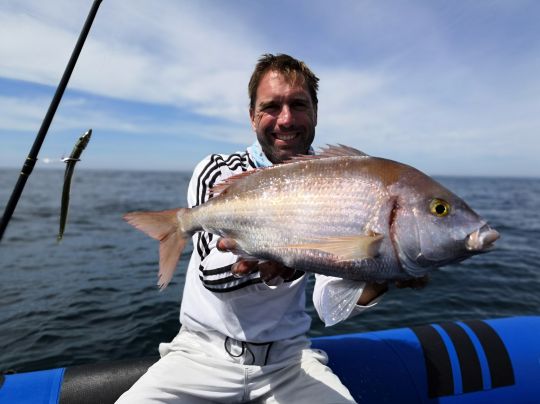
Poorly approached
Another mistake you can make is in the way you approach and fish this new area. You may have entered the water immediately before fishing the edge, you may have positioned yourself incorrectly in relation to the rock head, you may have cast against the current, with an unsuitable technique...
Some spots really do work better from one angle rather than another, and sometimes you have to understand how to approach and fish them, understand their logic to present your lure or bait in the right way for your target fish. This requires observation and analysis of the environment.
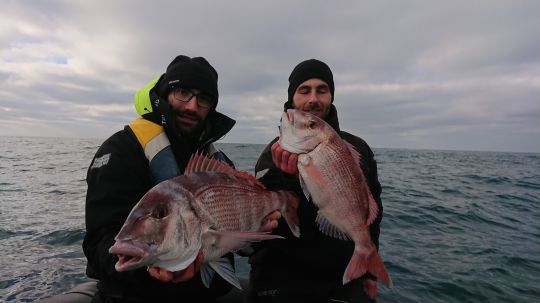
Poor conditions
Last but not least, some spots are really only so under certain weather conditions (wind strength and direction), seasons or light conditions, because it's only then that they offer an interesting food source and reassuring living conditions for the fish. If we don't identify the fundamental characteristics of a new zone, we're bound to miss the logic of how it works. And yet it could be an excellent spot, but only under very specific conditions...
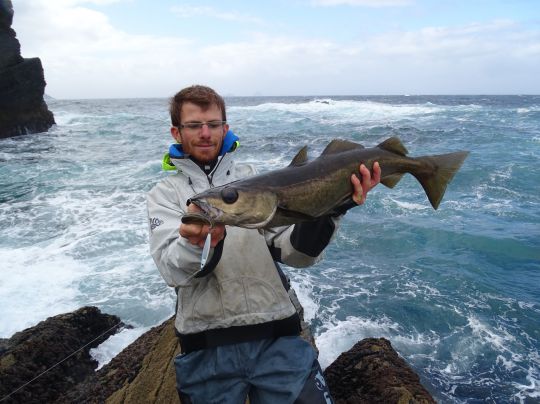
It's only by analyzing them that we can understand how and why they work, and thus extrapolate on the value of a coveted spot. Current dynamics, topography, substrate, weather and season are all parameters that need to be identified and understood in order to save time and increase efficiency.
